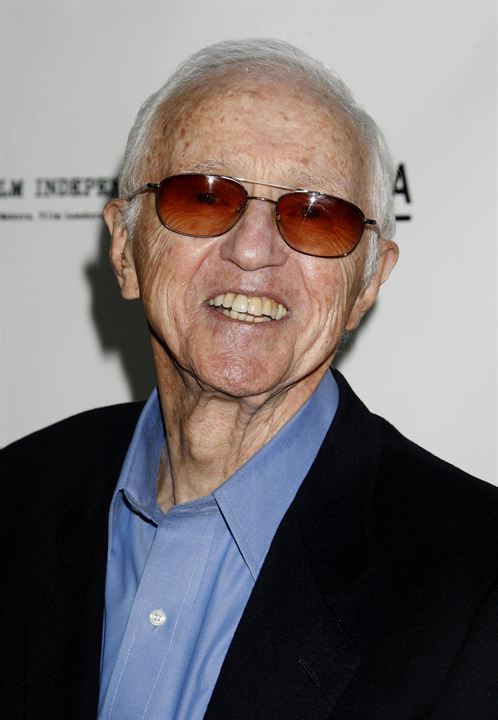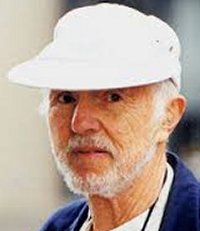
He shot the paranoid Union Square sequence at the start of The Conversation(1967) before being fired by Francis Ford Coppola. Wexler also worked as director of photography on Gore Vidal's political gem The Best Man (1964) Norman Jewison's best picture winner In the Heat of the Night (1967) the three-time Oscar winnerComing Home (1978) the comeback documentary Richard Pryor Live on the Sunset Strip (1982) and Lee Tamahori's gritty Mulholland Falls (1995).įor American Graffiti (1973), he served as supervising cameraman and visual consultant after meeting George Lucas at a race track and giving him a recommendation that helped him get into USC's film school. For the latter, he was given the American Society of Cinematographers' top honor that year, and the organization honored him with its Lifetime Achieve Award in 1993. Wexler's other Oscar nominations came for Milos Forman's best-picture winner One Flew Over the Cuckoo's Nest (1975), John Sayles' coal-mining drama Matewan (1987) and Ron Shelton's Huey Long biopic Blaze (1989). The Chicago legend also finished shooting Terrence Malick's spectacular Days of Heaven (1978), for which Nestor Almendros received the cinematography Oscar, and photographed the Oscar-winning short-subject documentary Interviews With My Lai Veterans (1971). He garnered a second trophy 10 years later for his work on Bound for Glory, Hal Ashby's biopic of folk singer Woody Guthrie during his Dust Bowl years. One of the most influential American cinematographers of all time, Wexler nabbed his first Oscar for making Elizabeth Taylor look haggard in black and white for director Mike Nichols in Who's Afraid of Virginia Woolf? (1966). Accepting the Academy Award in 1967, Pop said: 'I hope we can use our art for peace and for love.' An amazing life has ended but his lifelong commitment to fight the good fight, for peace, for all humanity, will carry on." Pop died peacefully in his sleep, Sunday, December 27th, 2015. On his website, Jeff posted: "It is with great sadness that I have to report that my father, Haskell Wexler, has died. John's Hospital in Santa Monica, his son, Oscar-nominated sound man Jeff Wexler, told The Hollywood Reporter. He continued working as a cinematographer, producer and director until his 90s Wexler passed away in 2015, at the age of 93.Top 10 Greatest Best Picture Oscar-Winning MoviesĬinematographer Haskell Wexler, the socially conscious two-time Academy Award winner who lensed Who's Afraid of Virginia Woolf?, One Flew Over the Cuckoo's Nest and many other masterpieces, has died. Wexler won Academy Awards for his work in Who's Afraid of Virginia Woolf? and Bound For Glory (1976), and also worked on such documentaries as Gimme Shelter and The Stones At the MAX.

During the 1980s, he also produced and directed the feature film Latino (1985), which was highly critical of American policy in Central America. He worked on such high profile feature films as In The Heat of the Night (1967) and The Thomas Crown Affair (1968), but also produced and directed the documentaries The Bus and Medium Cool (1969), the latter a very successful and controversial look at the violence and strife surrounding the anti-war movement and the 1968 Democratic National Convention in Chicago. Wexler photographed the dramas The Hoodlum Priest (1961), Angel Baby (1961), The Best Man (1964), and later distinguished himself as cinematographer on the Mike Nichols drama Who's Afraid of Virginia Woolf? (1965).

A Chicago-born amateur filmmaker, Haskell Wexler broke into feature films in 1959 as a cinematographer on the documentary The Savage Eye (1960).


 0 kommentar(er)
0 kommentar(er)
